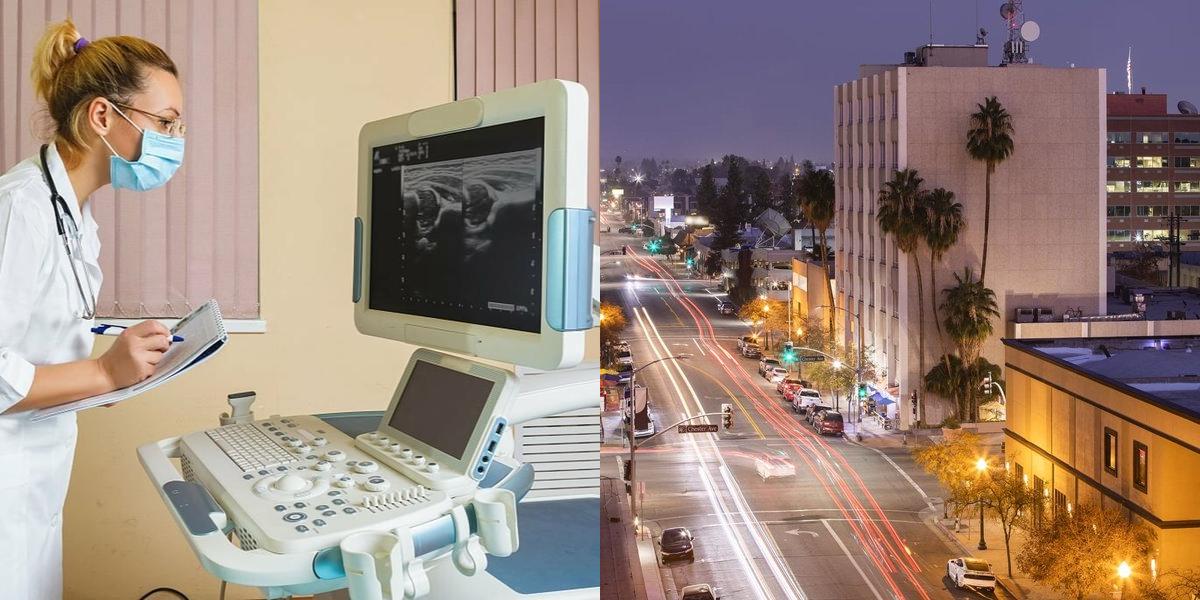How to Become a Medical Sonographer in California

Diagnostic medical sonographers in California earn $118,950 per year ($57.19/hour), according to the Bureau of Labor Statistics. If you want a healthcare career that combines technology, patient care, and strong long-term demand, medical sonography offers a clear path. This guide outlines the education, training, certification, and exam requirements you need to get started in California.
How Much Do Sonographers Get Paid in California?
Diagnostic medical sonographers earn $118,950 per year on average (BLS, May 2024). California consistently ranks among the highest-paying states for this role.
Sonography Programs in California
Accredited programs in California include:
- UC San Diego Health
- San Joaquin Valley College (SJVC)
- Orange Coast College
- Cypress College
- Kaiser Permanente School of Allied Health Sciences
- Concorde Career College
Frequently Asked Questions
How long does it take to become a sonographer in California?
Training takes 1–4 years, depending on your program type.
What is the quickest way to become a sonographer?
A 12–18 month accredited certificate program.
What do you need to be a sonographer in California?
Accredited education, clinical hours, and ARDMS certification.
How much do sonographers get paid in California?
$118,950 per year, based on BLS data (May 2024).
Final Thoughts
A career in medical sonography offers strong earning potential, high demand, and daily opportunities to support patient care. By completing an accredited program, gaining clinical experience, and earning ARDMS certification, you can begin a stable and rewarding career in California.
If you're ready to start, explore medical sonography programs available through Dreambound and compare training options that match your goals.
Related Guides

Athena is Co-founder and CEO of Dreambound.



